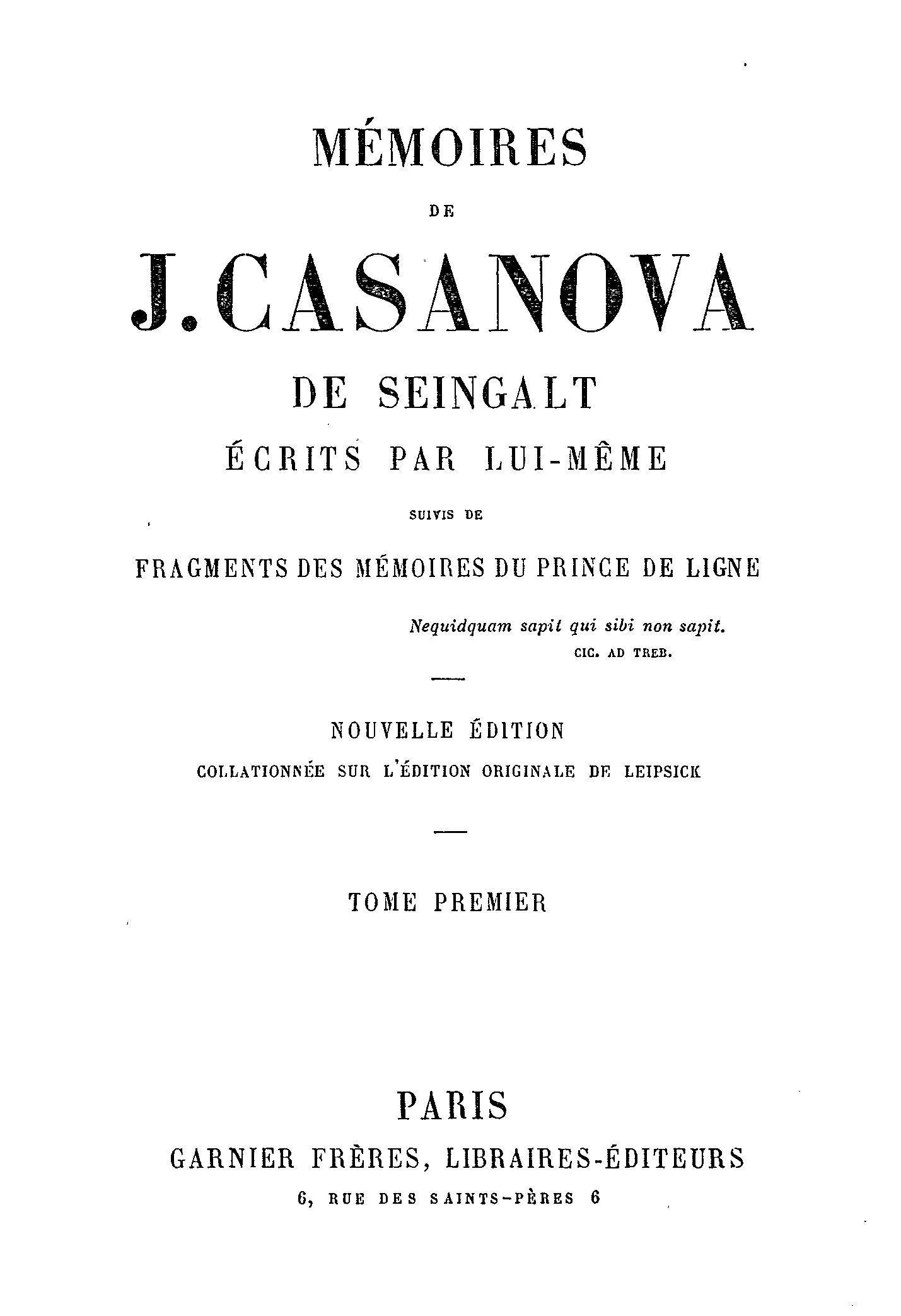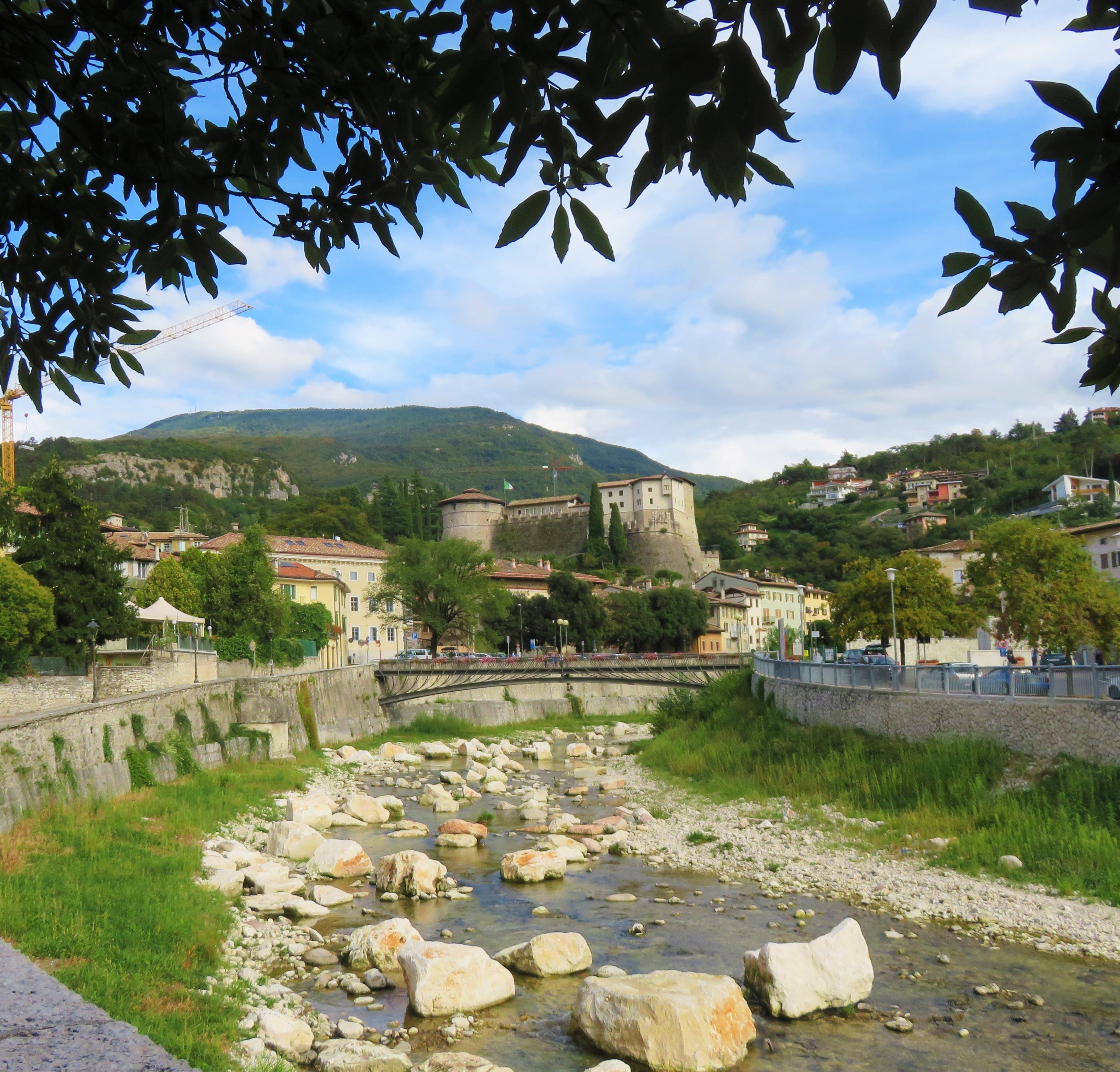|
Maria Maddalena Morelli
Maria Maddalena Morelli Fernandez (17 March 1727, Pistoia – 8 November 1800, Florence), also known by the Arcadian pseudonym Corilla Olimpica, was a Florentine Italian poetess, improvisatrice, and musician. The official poetess to the grand ducal court in Duchy of Florence, Florence (1765–75), she won fame as the foremost female performer of the Improvisatori, improvised poetry then popular in Italy, and was controversially Poet laureate, crowned with the laurel wreath on the Roman Capitoline Hill, Capitol in 1776, an event later fictionalised by Germaine de Staël, Madame de Staël in ''Corinne''. Life Early life Maria Maddalena Morelli, born in Pistoia, in the Duchy of Florence, on 17 March 1727, was the daughter of the celebrated violinist Iacopo Morelli by his wife Caterina Caterina, née Buonamici. She was educated in the Salesian school of Pistoia, and moved to Florence in 1746, where she moved in literary circles and performed her own poetry and played the harp ... [...More Info...] [...Related Items...] OR: [Wikipedia] [Google] [Baidu] |
Faustina Pignatelli
Faustina Pignatelli Carafa, princess of Colubrano (9 December 1705-30 December 1769), was an Italian mathematician and scientist from Naples. She became the second woman (after the Bolognese physicist Laura Bassi) to be elected to the Academy of Sciences of Bologna on 20 November 1732. In 1734, Faustina published a paper titled ''Problemata Mathematica'' using the name "anonima napolitana" (a Latin phrase meaning "anonymous female from Naples"), in the German scientific journal '' Nova Acta Eruditorum'', which was published entirely in Latin. Alongside her brother Peter, she was educated by Nicola De Martino and was instrumental in introducing the theories of Isaac Newton to Naples. She was an important participator in the scientific debate in Italy and corresponded with the French Academy of Sciences. Upon her marriage to the poet Francesco Domenico Carafa in 1724, she was given the principality Colubrano in southern Italy as a dowry by her father. Francesco Maria Zanotti, ... [...More Info...] [...Related Items...] OR: [Wikipedia] [Google] [Baidu] |
Carlo Innocenzo Frugoni
Carlo Innocenzo Frugoni (21 November 1692 – 20 December 1768) was an Italian poet and librettist. As a poet Frugoni was one of the best of the school of the Arcadian Academy, and his lyrics and pastorals had great facility and elegance. His collected works were published at Parma in 10 volumes in 1799, and a more complete edition appeared at Lucca in the same year in 15 volumes. Biography Born at Genoa, he was originally destined for the church and at the age of fifteen, against his will, was shut up in a convent. In the following year he was forced to make monastic vows, but had no liking for this life. He acquired considerable reputation as an elegant writer both of Latin and Italian prose and verse; and from 1716 to 1724 he filled the chairs of rhetoric at Brescia, Rome, Genoa, Bologna and Modena successively, attracting by his brilliant fluency a large number of students at each university. Through Cardinal Bentivoglio he was recommended to Antonio Francesco Farnese, Duk ... [...More Info...] [...Related Items...] OR: [Wikipedia] [Google] [Baidu] |
Giuseppe Maria Pagnini
Giuseppe is the Italian form of the given name Joseph, from Latin Iōsēphus from Ancient Greek Ἰωσήφ (Iōsḗph), from Hebrew יוסף. It is the most common name in Italy and is unique (97%) to it. The feminine form of the name is Giuseppina. People with the given name Artists and musicians * Giuseppe Aldrovandini (1671–1707), Italian composer * Giuseppe Arcimboldo (1526 or 1527–1593), Italian painter * Giuseppe Belli (singer) (1732–1760), Italian castrato singer * Giuseppe Gioachino Belli (1791–1863), Italian poet * Giuseppe Castiglione (1829–1908) (1829–1908), Italian painter * Giuseppe Giordani (1751–1798), Italian composer, mainly of opera * Giuseppe Ottaviani (born 1978), Italian musician and disc jockey * Giuseppe Psaila (1891–1960), Maltese Art Nouveau architect * Giuseppe Sammartini (1695–1750), Italian composer and oboist * Giuseppe Sanmartino or Sammartino (1720–1793), Italian sculptor * Giuseppe Santomaso (1907–1990), Italian pai ... [...More Info...] [...Related Items...] OR: [Wikipedia] [Google] [Baidu] |
Pietro Belli
Pietro is an Italian masculine given name. Notable people with the name include: People * Pietro I Candiano (c. 842–887), briefly the 16th Doge of Venice * Pietro Tribuno (died 912), 17th Doge of Venice, from 887 to his death * Pietro II Candiano (c. 872–939), 19th Doge of Venice, son of Pietro I A–E * Pietro Accolti (1455–1532), Italian Roman Catholic cardinal * Pietro Aldobrandini (1571–1621), Italian cardinal and patron of the arts * Pietro Anastasi (1948–2020), Italian former footballer * Pietro di Antonio Dei, birth name of Bartolomeo della Gatta (1448–1502), Florentine painter, illuminator and architect * Pietro Aretino (1492–1556), Italian author, playwright, poet, satirist and blackmailer * Pietro Auletta (1698–1771), Italian composer known mainly for his operas * Pietro Baracchi (1851–1926), Italian-born astronomer * Pietro Bellotti (1625–1700), Italian Baroque painter * Pietro Belluschi (1899–1994), Italian architect * Pietro Bembo (1 ... [...More Info...] [...Related Items...] OR: [Wikipedia] [Google] [Baidu] |
Venus (mythology)
Venus (), , is a Roman goddess, whose functions encompass love, beauty, desire, sex, fertility, prosperity, and victory. In Roman mythology, she was the ancestor of the Roman people through her son, Aeneas, who survived the fall of Troy and fled to Italy. Julius Caesar claimed her as his ancestor. Venus was central to many religious festivals, and was revered in Roman religion under numerous cult titles. The Romans adapted the myths and iconography of her Greek counterpart Aphrodite for Roman art and Latin literature. In the later classical tradition of the West, Venus became one of the most widely referenced deities of Greco-Roman mythology as the embodiment of love and sexuality. She is usually depicted nude in paintings. Etymology The Latin theonym ''Venus'' and the common noun ''venus'' ('love, charm') stem from a Proto-Italic form reconstructed as ''*wenos-'' ('desire'), itself from Proto-Indo-European (PIE) ' ('desire'; cf. Messapic ''Venas'', Old Indic ''vánas'' 'de ... [...More Info...] [...Related Items...] OR: [Wikipedia] [Google] [Baidu] |
Histoire De Ma Vie
''Histoire de ma vie'' (''History of My Life'') is both the memoir and autobiography of Giacomo Casanova, a famous 18th-century Italian adventurer. A previous, bowdlerized version was originally known in English as ''The Memoirs of Jacques Casanova'' (from the French ''Mémoires de Jacques Casanova'') until the original version was published between 1960 and 1962. The unexpurgated English translation was published in 1971. From 1838 to 1960, all the editions of the memoirs were derived from the censored editions produced in German and French in the early nineteenth century. Arthur Machen used one of these inaccurate versions for his English translation published in 1894 which remained the standard English edition for many years. Although Casanova was Venetian (born 2 April 1725, in Venice, died 4 June 1798, in Dux, Bohemia, now Duchcov, Czech Republic), the book is written in French, which was the dominant language in the upper class at the time. The book covers Casanova's l ... [...More Info...] [...Related Items...] OR: [Wikipedia] [Google] [Baidu] |
Giacomo Casanova
Giacomo Girolamo Casanova (, ; 2 April 1725 – 4 June 1798) was an Italian adventurer and author from the Republic of Venice. His autobiography, (''Story of My Life''), is regarded as one of the most authentic sources of information about the customs and norms of European social life during the 18th century. As was not unusual at the time, Casanova, depending on circumstances, used more or less fictitious names, such as baron or count of Farussi (the maiden name of his mother) or Chevalier de Seingalt (). He often signed his works as "Jacques Casanova de Seingalt" after he began writing in French following his second exile from Venice. He has become so famous for his often complicated and elaborate affairs with women that his name is now synonymous with "womanizer". Many of his exploits would be considered predatory by modern standards, however, including affairs with the emotionally vulnerable as well as the underaged. He associated with European royalty, popes, and cardinals ... [...More Info...] [...Related Items...] OR: [Wikipedia] [Google] [Baidu] |
Francesco Bartolozzi - Corilla Olympica Poetria Etrusca - B1977
Francesco, the Italian (and original) version of the personal name "Francis", is the most common given name among males in Italy. Notable persons with that name include: People with the given name Francesco * Francesco I (other), several people * Francesco Barbaro (other), several people * Francesco Bernardi (other), several people * Francesco di Giorgio Martini (1439-1501), Italian architect, engineer and painter * Francesco Berni (1497–1536), Italian writer * Francesco Canova da Milano (1497–1543), Italian lutenist and composer * Francesco Primaticcio (1504–1570), Italian painter, architect, and sculptor * Francesco Albani (1578–1660), Italian painter * Francesco Borromini (1599–1667), Swiss sculptor and architect * Francesco Cavalli (1602–1676), Italian composer * Francesco Maria Grimaldi (1618–1663), Italian mathematician and physicist * Francesco Bianchini (1662–1729), Italian philosopher and scientist * Francesco Galli Bibiena ... [...More Info...] [...Related Items...] OR: [Wikipedia] [Google] [Baidu] |
Francesco Maria Zanotti
Francesco Maria Zanotti Cavazzoni (Bologna, 6 January 1692 – Bologna, 25 December 1777) was an Italian philosopher and writer. Besides being a writer, he was also a commentator on works of art. He was considered an authoritative source on many topics. Life He was the son of Giampietro Zanotti, and a pupil of Eustachio Manfredi. In 1718 he became professor of philosophy at the University of Bologna, and in 1723 he was appointed as secretary of Luigi Ferdinando Marsigli. Initially a Cartesian, he became a follower of Newton. In 1728 Francesco Algarotti experimented with light in his lab, replicating the prism and spectrum experiments of Isaac Newton. In 1741 he became a Fellow of the Royal Society. Zanotti's 1741 essay on the 'attractive force of ideas' defended a view of the association of ideas influenced by Newtonian physics. In 1754 Zanotti criticised Pierre-Louis Maupertuis for his views on Stoicism and Christianity, and was drawn into controversy about Stoicism with ... [...More Info...] [...Related Items...] OR: [Wikipedia] [Google] [Baidu] |
Rovereto
Rovereto (; "wood of sessile oaks"; locally: ''Roveredo'') is a city and ''comune'' in Trentino in northern Italy, located in the Vallagarina valley of the Adige River. History Rovereto was an ancient fortress town standing at the frontier between the bishopric of Trento – an independent state until 1797 – and the republic of Venice, and later between Austrian Tyrol and Italy. In the Middle Ages it was known by its German toponyms ''Rofreit'' and ''Rovereith''. This town started to be populated with inhabitants of the prehistory with traces that were found where today are the oldest ways which belong to the actual main historical centre, around via della Terra. The town has a complexity of plans which are printed in various developments, as if it could have different directions to evolve an ideal, brought towards its completeness in the 15th century, from the model of Siena – the leaf of the crown and the classic Athens reference of the foxil Nautilus. Some of the trace ... [...More Info...] [...Related Items...] OR: [Wikipedia] [Google] [Baidu] |



_002.jpg)

